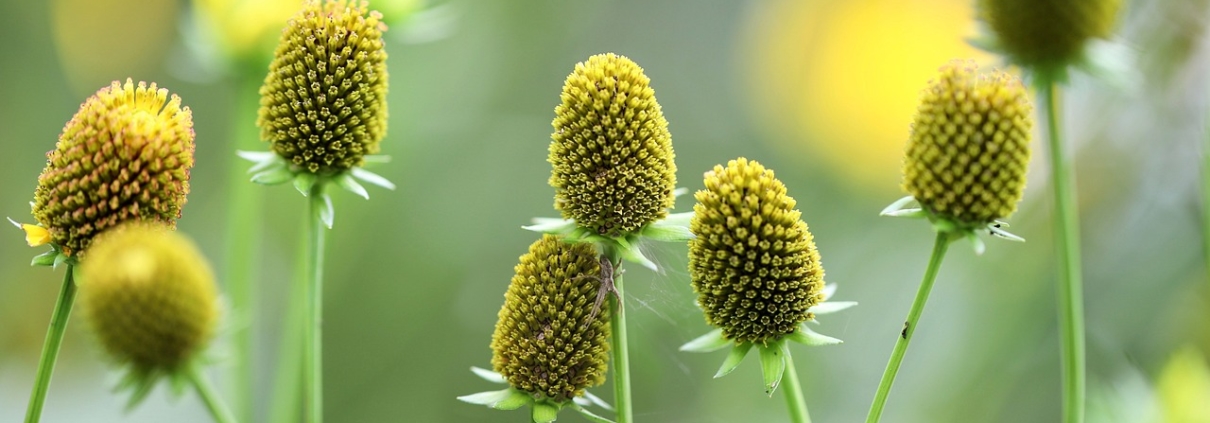2 Easy Ways to Have More Flowers Next Year
A fun guide on how to grow more flowers, easily!
The two methods include:
1. Sowing mature seeds
– Remove seed pods from spent and dried flowers.
– Break apart seed pod to release mature seeds.
– Scatter seeds and stir them into the soil surface.
2. Replanting new starts
– Locate new seedlings starting from established perennials.
– Carefully dig out these seedlings.
– Replant in a new location and water thoroughly.
How to make plants grow more flowers?
Someone somewhere has certainly declared “The more flowers, the better”. This is a sentiment I share with that “someone, somewhere”. I have two assignments for you if you’d like to set yourself up quickly and easily to have more flowers in your garden next year.
Your first assignment is to go stand in the part of your garden that has wildflower-y plants. You’ll notice two things. The first thing is that there are lots of spent flowers and seed heads that need to be deadheaded. Everything from rudbeckia to dill to penstemon has mature seed heads. You can always collect these seeds and put them in little envelopes to save for spring or you can take my lazy way out and snip off the seed head and fling it in the general direction you’d like it to grow next year.
The second thing you will see is that flowering plants always seem to migrate to the edge of the garden bed and need some encouragement to move to the middle and back of the bed. Keep flinging seeds knowing that some of them will germinate right where they fall…so fling them merrily for…
More flowers!
Your second assignment is to find a spring or early summer bloomer and stand in front of it. A Columbine or Penstemon, Agastache, and Echinacea are good possibilities. Often right at the feet of these now-finished beauties are dozens of little plants or even seedlings that have germinated in the past month and are growing next year’s plants. I take my hori-hori knife and gently dig or carve out (we have lots of clay soil) a nice plug of soil that keeps the baby plant’s roots intact and put it where I’d like more plants. If the plant is young and you didn’t disturb the roots much, there won’t be transplant shock…just a new perennial that will bloom next year.
In conclusion, whether you are flinging seeds or digging up plant plugs, you’ve saved yourself a lot of time and fussing with seed starting trays under lights and you’ve tricked Mother Nature into letting those perennials bloom next year. New plants, more flowers – easy, quick, and free. That’s my kind of gardening.
People also ask:
- What are some tips for digging up and re-establishing plants in my garden?
Make sure that the plant that you are going to dig up is well-watered and healthy. Dig the new hole twice the width of the transplant and not any deeper than the rootball. Dig around the base of the plant outside of the roots area. Keep the root ball intact. - How and when do I transplant seedlings?
Anytime after the seedlings have developed their second set of true leaves. - How do I save and store flower seeds?
Wait until the flowers have finished blooming and the seed pods have turned brown and dry. Lay seed pods on paper towels to make sure they are thoroughly dry. You can store the pods whole or remove the seeds from the pods. Store harvested seeds that are well-dried in a cool place in a sealed glass jar. A small desiccant packet can help eliminate any moisture in the jar. Individual seed species can be stored in envelopes. Label and date the envelopes holding the seeds. Plan to use within 1-2 years. - What are the dos and don’ts of deadheading flowers?
Deadheading is the process of removing spent or faded flowers from the plant. The plant begins putting its energy into producing seeds after the blooms fade. To keep the plant’s energy directed towards blooming more flowers, remove the faded ones. Don’t just remove the flower top, remove the entire stem back to the live stem.


